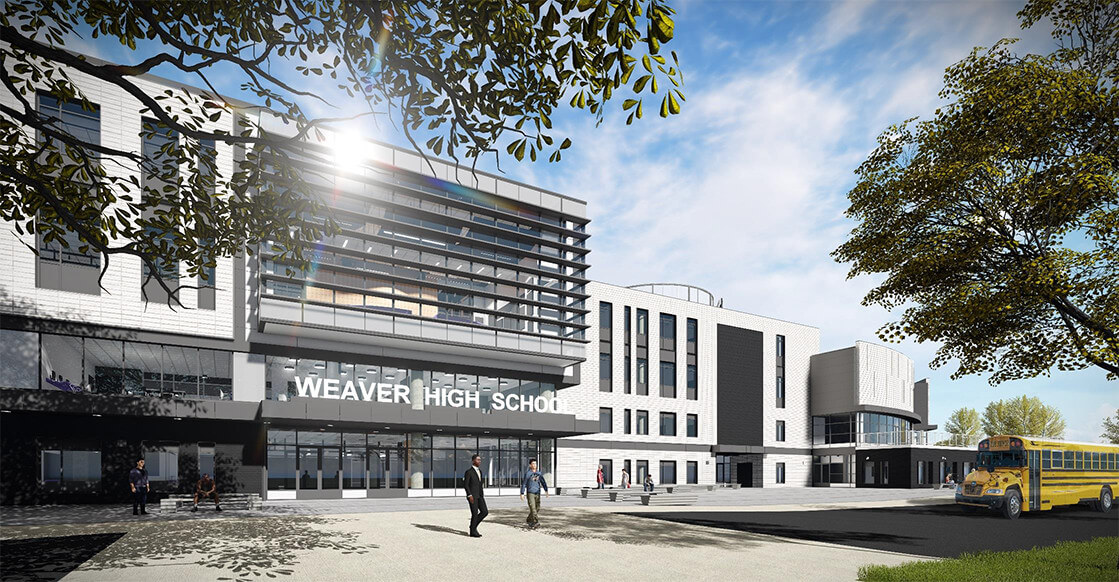Who Will be Inspired this Year?
Now in its third year, Inspire Hartford has become a destination and a journey into 21st century learning and what’s possible for Hartford students.
But this year marks the beginning of what we hope will become a deeply engaged, thoughtful community of collaborators, willing to use their time, talent, and resources to seeing nothing less than each and every Hartford student reach their highest potential.
Our new vision of how change happens in education is the underpinning narrative that led us to our featured speaker, Liz Dozier, who shares our passion for using social innovations to drive change. Liz is the managing director of Chicago Beyond, a philanthropic venture fund designed to improve life outcomes for young people in Chicago and beyond.
In an interview with Chicago Sun Times about the new venture philanthropy startup, she describes her organization’s impact as addressing youth safety and educational attainment as “flip sides of the same coin”.
As former principal of Fenger High School in Chicago, Liz knows all too well how violence and other obstacles can shatter a student’s future. Her daily challenges and passionate advocacy were highlighted in CNN documentary “Chicago Land”. Carrying the stories of her students with her, she sees Chicago Beyond as a vehicle to make a broader impact and actual “investments” in others doing the personal and direct work with Chicago’s youth.
Creative and innovative solutions were keys to her success at turning around Fenger High and it’s those same great ideas that Liz says she’s looking for in the proposals from non-profits seeking funding from the foundation.
For as long as people have worked to drive change, transformational ideas have been the cornerstone of their efforts, brought new people in, and inspired others.
When Hartford’s best and brightest thinkers, artists, business people, teachers, non-profits – and other leaders from across the city– gather for a single night in March, ready to interact around the accomplishments of Hartford students, change is on the horizon.
Please join us
Wednesday March, 28, 2018
5:30pm VIP 6:00pm-9:00pm program
Downtown Hartford Hilton
For sponsorship opportunities and tickets visit: www.inspirehartford.com



